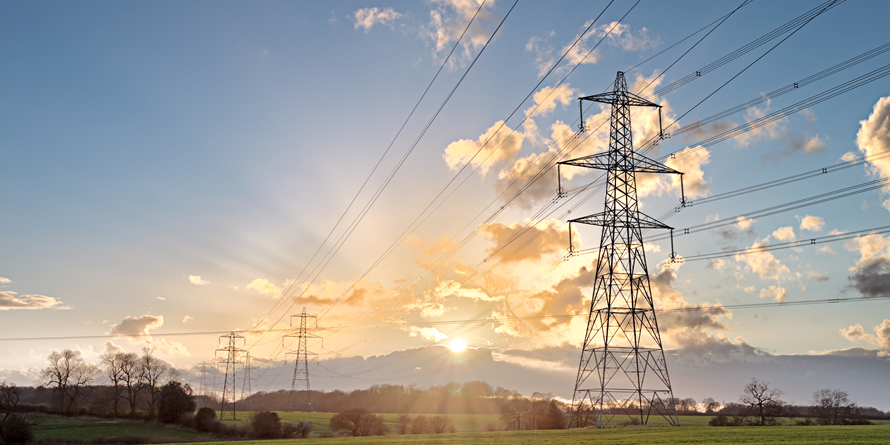Posted on: 30/10/2020
As Triad season is about to begin, Strategic Account Manager, Mark Cox takes a look at what it means for business consumers and how they can make cost savings by reacting to times of peak demand.
Triads are the three highest half hourly periods of demand (usually between 4pm-7pm) throughout November to February, separated by 10 clear days. These three half hourly periods cover the cost of running the transmission network, also known as Transmission Network Use of System (TNUoS) charges at peak times and therefore are used to set the value of these costs.
Over time, the costs of reinforcing the network have continued to rise. However, this has also provided an opportunity for even bigger savings to be made by smart businesses able to shift their demand away from peak times. Based on a demand-weighted average, five years ago, business consumers could have saved around £33,000 for each 1MW of load they were able to shed. Now, the same customers are looking at being able to make savings of over £50,000 for each megawatt they can reduce consumption by during Triad periods.
Triad periods for winter 2019 occurred on:
• 18th November 2019, 17:00-17:30, where the highest level of peak demand for last winter was recorded at 44.3 GW;
• 2nd December 2019, 17:00-17:30, with peak demand hitting 44.1GW;
• 17th December 2019, 16:30-17:00, where peak demand reached just over 43.5GW;
This peak figure represented a reduction of around 2.5GW on the highest demand recorded for winter 2018 (46.87GW). The reduction was caused by both ‘demand destruction’ where users are either removing or shifting peak load, as well as the continued deployment of embedded generators helping to reduce the strain on the transmission network. National Grid’s Winter Outlook is predicting a further drop in peak demand for 2019, suggesting 44.7GW will be the maximum amount of power required to meet demand (base case), compared to 46.4GW last year. This also accounts for a 5% average reduction in demand caused by the COVID-19 pandemic.
Whilst these factors are making it more and more difficult to correctly predict Triad periods, we notified our customers ahead of all these three confirmed triads periods for last winter, thanks to our Triad warning service. Our Energy Management Centre send a text or email notification to our customers when they predict a possible, likely, or very likely triad, so they can take action to reduce demand.
It’s also important to note that this opportunity won’t last forever. Under the terms of Ofgem’s Targeted Charging Review, the way in which TNUoS charges are calculated will be changing from April 2022 – a delay from the original 2021 planned start date. The regulator’s plans will see a fixed charging implemented depending on the size of the consumer. Households would simply pay a fixed rate, whilst business consumers will pay based on a new banding structure. These bands will be based on consumption for smaller business customers and agreed capacity for larger customers.
To find out more about Triad avoidance, and other ways to benefit from your flexibility, get in touch

 United States
United States Australia
Australia






